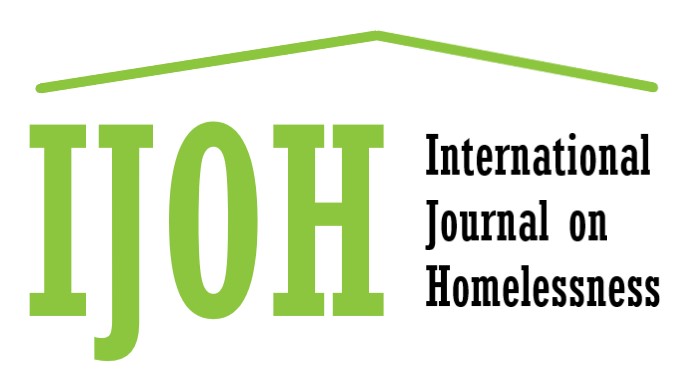Subscribe to keep up to date with the latest research, resources, news and events from The Deck.
You can also sign up to Q Shelter’s monthly newsletter, Home Matters.

Anda Jaman, Tatiana Corrales, Claire Edmanson, Helen Skouteris
Being homeless is broadly understood to be traumagenic. Thus, support services for individuals experiencing homelessness (such as youth refuge) are encouraged to use trauma-informed models of care. However, there is a dearth of research that focuses on youth refuge specifically, despite refuges being the most common response for youth homelessness worldwide, and explains trauma-informed care models in detail so that they may be evaluated in practice.
This paper outlines a trauma-aware framework used for nearly a decade within a youth refuge located in Melbourne, Australia: a psychologically informed environment (PIE). The paper provides: (1) an overview of trauma-informed care before describing what a PIE entails; (2) the how of a PIE, including core principles, their theoretical underpinnings, and how these principles are practically applied; and (3) the why of a PIE, focusing on implications for practice.
A PIE is underpinned by key theoretical approaches such as attachment theory, the core emotional needs model, psychodynamic theory and formulation, social cognitive theory, and the transtheoretical model of change. A PIE encompasses five core principles of (1) relationships, rules, responsiveness, and roles; (2) physical and social spaces; (3) learning and enquiry; (4) staff support and training; and (5) psychological awareness.
Overall, PIEs have been found to increase consumer engagement and decrease evictions, instill confidence and improve empathy within the staff, and decrease the risk for organizations, as seen by low incident rates. It is hoped that by providing this detailed outline of a PIE, more research can be undertaken into youth refuge care models, and more psychologically informed frameworks that address the multi-directional relationship between trauma and homelessness can be employed.